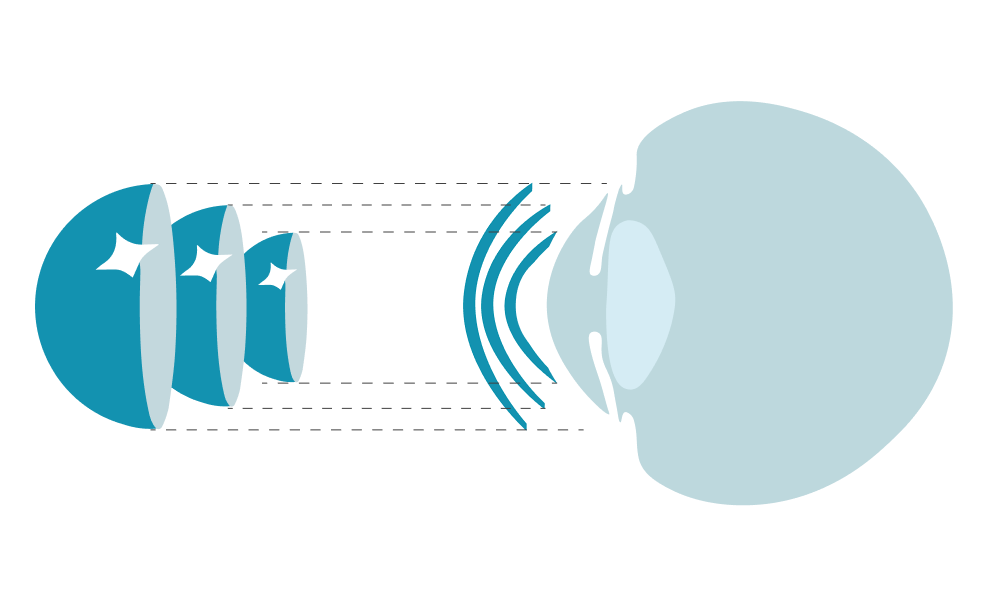
FlexCone
FlexCone, nuestra lente RGP esférica especializada diseñada para casos de queratocono, ofrece comodidad y precisión a medida.
Está disponible en dos geometrías distintas de superficie posterior, Aspherical y Multicurve, que garantizan un ajuste óptimo y maximizan la comodidad del cliente.
Acerca del producto
Información
Geometrías
FlexCone ASP :
- Centro esférico
- Aplanamiento asférico
FlexCone SMS :
- Diseño multicurva
- 3 aplanamientos esféricos ajustables en función de la excentricidad corneal
Diseño de lente heredado (sólo para renovación) :
FlexCone K12 / FlexCone K34
Parámetros
Materiales
Descubra una amplia gama de materiales de vanguardia meticulosamente elaborados para ofrecer una comodidad y una claridad visual inigualables con OrbiFlex.
Tanto si desea el Dk más alto como el material más duradero y rígido, nuestras opciones de materiales avanzados ofrecen el equilibrio perfecto entre comodidad, transpirabilidad y durabilidad.
